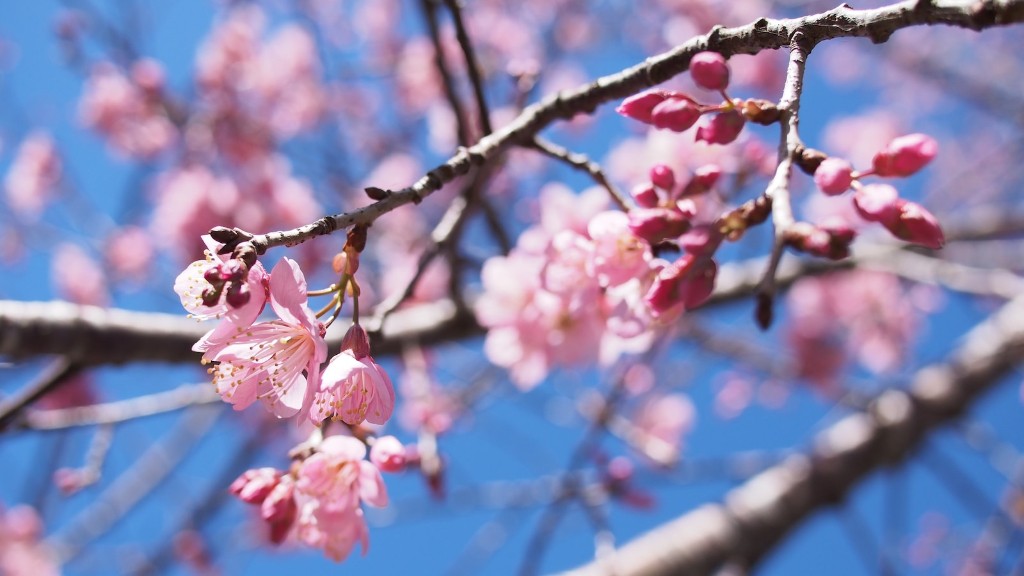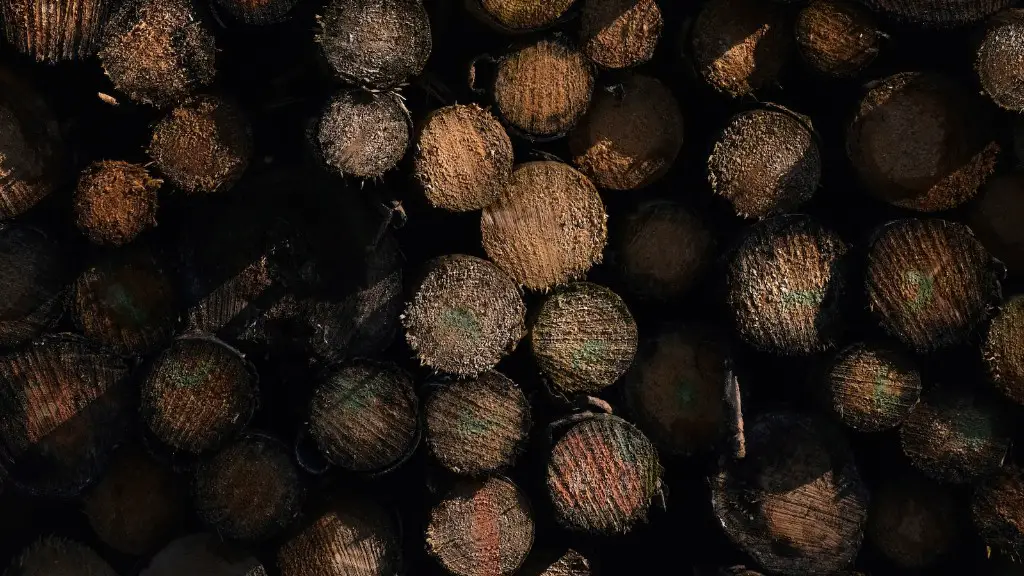Cherry trees have been a recognizable sight in the countryside for centuries, and there is no denying that these deciduous trees have become a formidable presence in many gardens and orchards. The beautiful blossoms of cherries have been a symbol of springtime cheer in all cultures, and their flavored fruit arouses the taste buds of all ages. So, what is the real story behind cherries? Is cherry a tree or a bush – or something in between?
At the onset, it is important to understand basic botanical terms. A “tree” is a large, permanent plant which has a single trunk, multiple branches, and can grow to impressive heights. A “bush” on the other hand, is a much smaller plant that can form a shrub or hedge. Because of the distinction, some may mistakenly label a bush as a “mini-tree.”
Turns out, whether a particular species of cherry is classified as a tree or a bush, it is primarily determined by the species’ growing habit. Most cherry trees will grow to higher-than-average heights. Those that produce cherries for commercial harvesting have either a semi-upright or spreading growth habit, and are low-growing like a shrub due to pruning.
As stated by Dr. Larry Smart from Cornell University, cherry trees “are usually grafted on rootstocks so they can reach the appropriate size and yield within an acceptable height… Dwarf and semi-dwarf varieties are the most commonly used cherries in orchards.” The intensive pruning and grafting of these trees form part of a rigorous management process required to produce commercial cherries on a large scale.
Furthermore, in order to form a regular production of cherries, it should be noted that fruit trees require a certain amount of winter chill. Additionally, cherry trees flourish best in temperate regions with a warm, sunny climate and deep, loamy soils.
Cherry trees vary significantly in size. Sweet cherries can reach 15-30 feet in height, while tart cherries usually stay considerably smaller – usually less than 18 feet. Some sweet cherry varieties such as Black Tartarian, Stella, and Michel are grafted onto dwarfing rootstocks to keep their height and spread manageable.
Disease Problems
Unfortunately, cherry trees can be affected by numerous pests and diseases. One of the most serious is canker or bacterial canker disease that can disfigure or even kill its host. Other issues include brown rot disease that affects the fruit, and black knot disease which affects twigs and branches. Fortunately, these health problems can be prevented with regular spraying of pesticides and fungicides.
Harvest Time
Cherry lovers know that there is nothing quite like the sweet and savory taste of fresh-from-the-tree cherries. In fact, when it comes to the cherry harvest time, even science plays a part. An expert in this field, Dr. Smart has stated that “cherry tree owners should be aware of their specific varieties and the best time to harvest them in order to get an ideal taste.”
Generally, sweet cherry harvest season is around late spring –from late May to mid-July, depending on the location and variety. Sour cherry harvest takes place slightly earlier, beginning in late June and wrapping up by late July. There is no excuse not to collect your own baskets of fruit.
Landscaping
The picturesque beauty of a cherry tree in full blossom is simply undeniable. In addition to their elegant beauty, the blossoms of cherry trees act as a natural food source for native bees, birds, and butterflies which can be brought about with the planting of a cherry tree in your garden. For example, a mature sweet cherry tree can occupy an area of 20 by 20 feet and will grow to a height of 25 to 35 feet. Moreover, due to their fruity aroma, cherry trees are often planted in areas such as parks and streets to reduce noise levels.
Nutrition
Cherry trees have the added benefit of providing an abundance of vitamin C, calcium, magnesium, and fiber for a balanced human diet. Thus, a glass of freshly squeezed cherry juice can be both delicious and nutritious. Low on calories and rich in antioxidants, cherries help fight against cancer, stroke, and obesity while aiding digestion and reducing inflammation. All in all, including cherries in your diet is beneficial in keeping you healthy and fit.
Preserving Cherries
The high perishability of cherries means that these fruits are best consumed fresh, however, preserving them is possible. By freezing cherries or making cherry jam or dried cherries, these versatile fruits can be enjoyed in the middle of winter when fresh cherries are non-existent. Alternatively, cherry juice concentrate is a great way to make use of a bumper harvest, and to turn leftovers into tasty treats for a rainy day.
Final ThoughtsCherry trees are more than just beautiful trees with delicious fruits – for those with adequate space, successions of cherry trees can provide a wide variety of benefits, from the food on your plate to a serene outdoor environment. Pruning and careful management of the height and canopy together with learning tricks such as pest control and harvesting at the best time of year, will give you maximum success with your cherry tree.



